
India River Map of India’s Rivers System
The Indus River System The river Indus rises in Tibet, near Lake Mansarovar. It enters India in the Ladakh district of Jammu and Kashmir. One of the Himalayan rivers, Indus forms a picturesque gorge in this part. The Zaskar, the Nubra, the Shyok, and the Hunza, join it in the Kashmir region.

😍 Himalayan rivers of india. Himalayan Rivers, Himalayan Rivers of India. 20190218
Indus River, great trans-Himalayan river of South Asia. It is one of the longest rivers in the world, with a length of some 2,000 miles (3,200 km). The earliest chronicles and hymns of peoples of ancient India, the Rigveda, composed about 1500 BCE, mention the river, which is the source of the country's name.
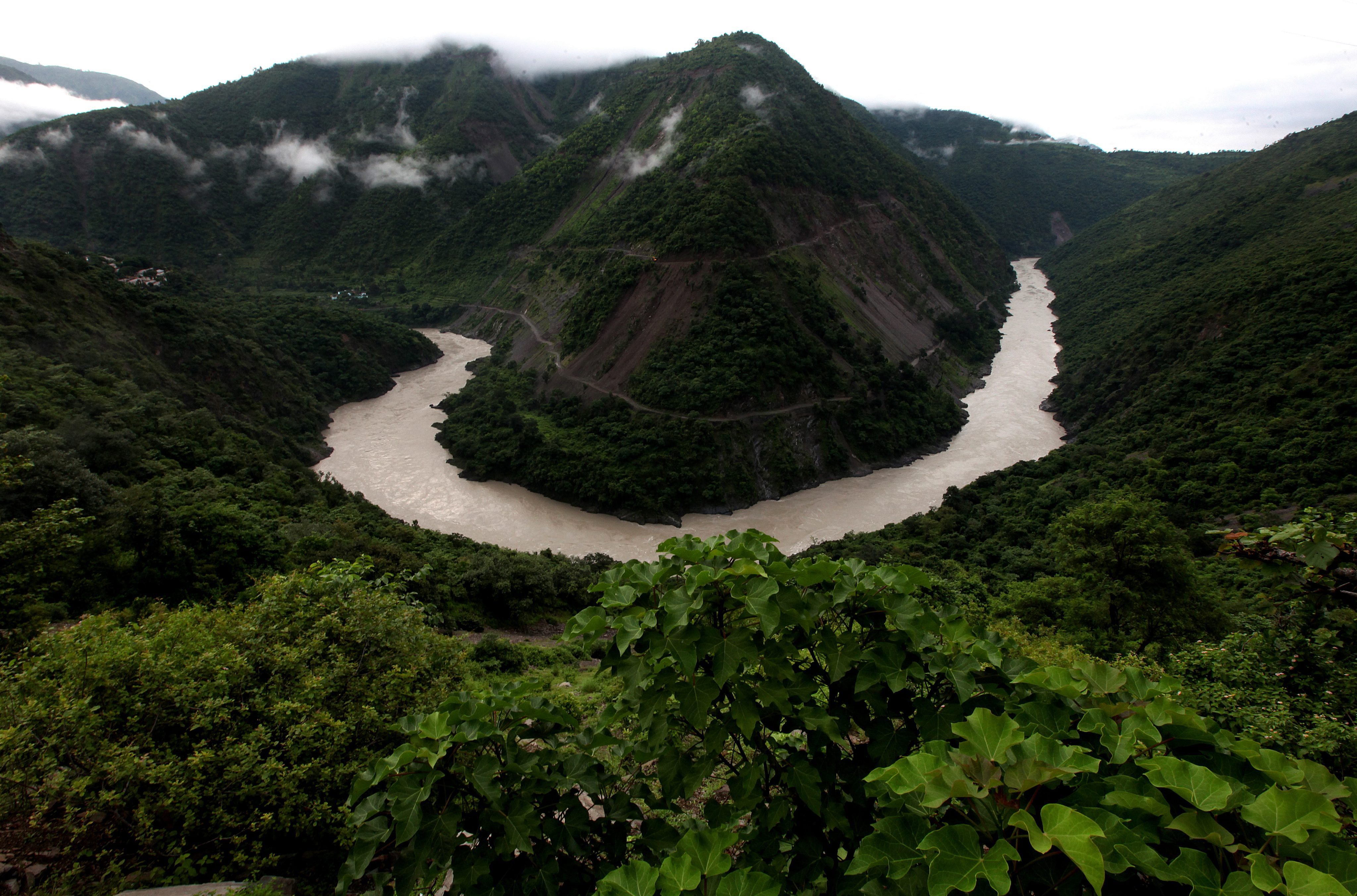
Himalayan rivers time for transboundary management East Asia Forum
The three main Himalayan rivers are the Indus, the Ganga and the Brahmaputra. These rivers are long and are joined by many tributaries. A river along with its tributaries form a river system. Evolution of Himalayan Drainage system:

L8 Himalayan River System Indian Geography UPSC CSE/IAS 2020 YouTube
The major Himalayan Rivers are the Indus, Ganges, and Brahmaputra. These rivers are long, and are joined by many large and important tributaries. Himalayan rivers have long courses from their source to sea (in India Arabian sea and Bay of Bengal). Laxman Jhoola in Rishikesh Aravalli Range River System
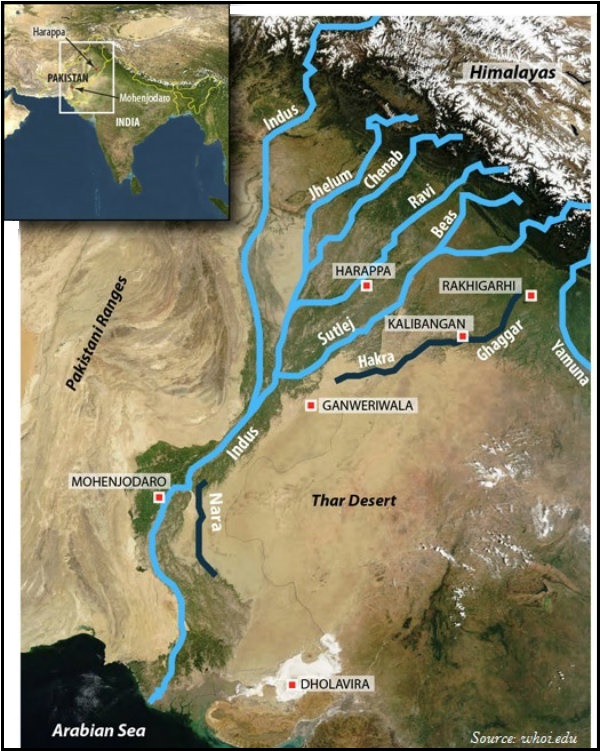
Which is an inland drainage of india Social Science Our Country India 10927341
The Indian Himalayan Region (abbreviated to IHR) is the section of the Himalayas within the Republic of India, spanning thirteen Indian states and union territories, namely Ladakh, Jammu and Kashmir, Himachal Pradesh, Uttarakhand, Sikkim, West Bengal, Manipur, Meghalaya, Mizoram, Nagaland, Tripura, Assam, and Arunachal Pradesh.

Drainage System of India Himalayan, Peninsular Rivers, Videos, Example
Our Shorts Videos: https://www.youtube.com/playlist?list=PLwrujFE37rWkl7R84Yo8e089ukmxwsx5LOur Long Form Videos: https://www.youtube.com/playlist?list=PLwruj.

Physiographic Divisions of India The Himalaya Geography Frontier IAS
The Indus River in the mountains of Ladakh, India. The Himalayas are drained by 19 major rivers, of which the Indus and the Brahmaputra are the largest, each having catchment basins in the mountains of about 100,000 square miles (260,000 square km) in extent.

Peninsular River System vs. Himalayan River System PMF IAS
The major Himalayan rivers are the Indus, Jhelum, Chenab, Beas, Ravi, Saraswati, Sutlej, Ganga (or the Ganges), Yamuna, and Brahmaputra. All these rivers collectively cover an area of 2,250 km..
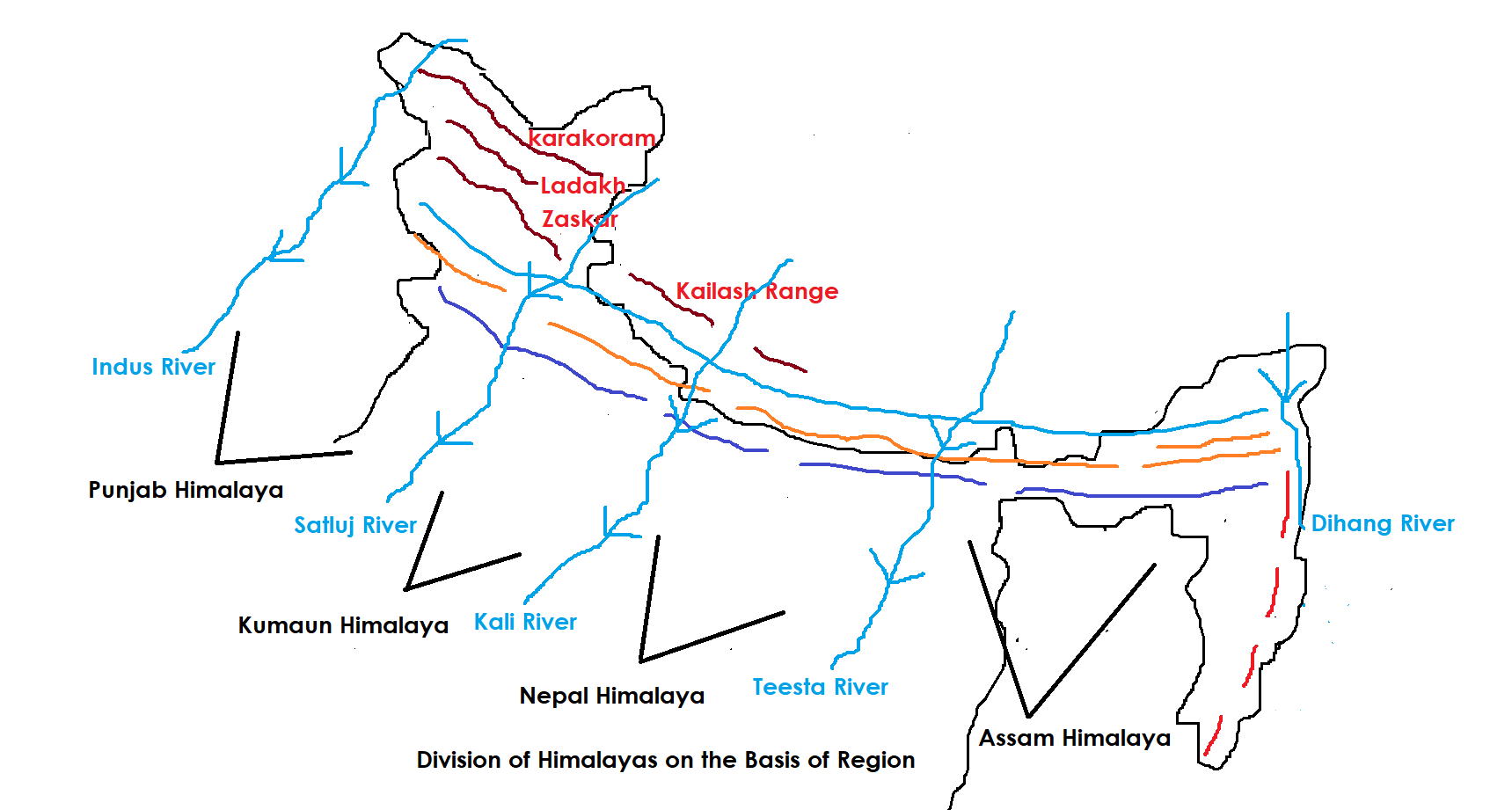
[Short Notes] Himalayan Ranges and Their Divisions Physiographic Divisions of India UPSC
Context 1. Himalayan Ranges have created the watersheds of many major river-drainage systems of South Asia. Himalayan rivers, unlike the Peninsular ones, do not depend on the monsoon.

India River Map of India’s Rivers System
States, Rivers and Maps The Himalayan River Basins in India comprise of the Ganga, Indus, Brahmaputra river basins and are the source of 19 major rivers. In India, these river basins spread across 12 states and one UT in the hills and 10 states in the plains. These basins are transboundary in nature.
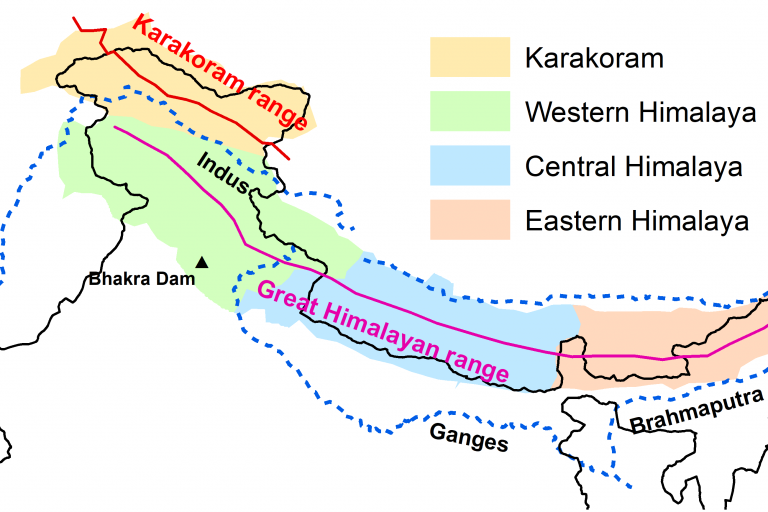
Himalayan glaciers are wasting away, threatening mountain communities
The major Himalayan River systems are: The Indus River System The Ganga River System The Yamuna River System The Brahmaputra River System Peninsular River System or Peninsular.
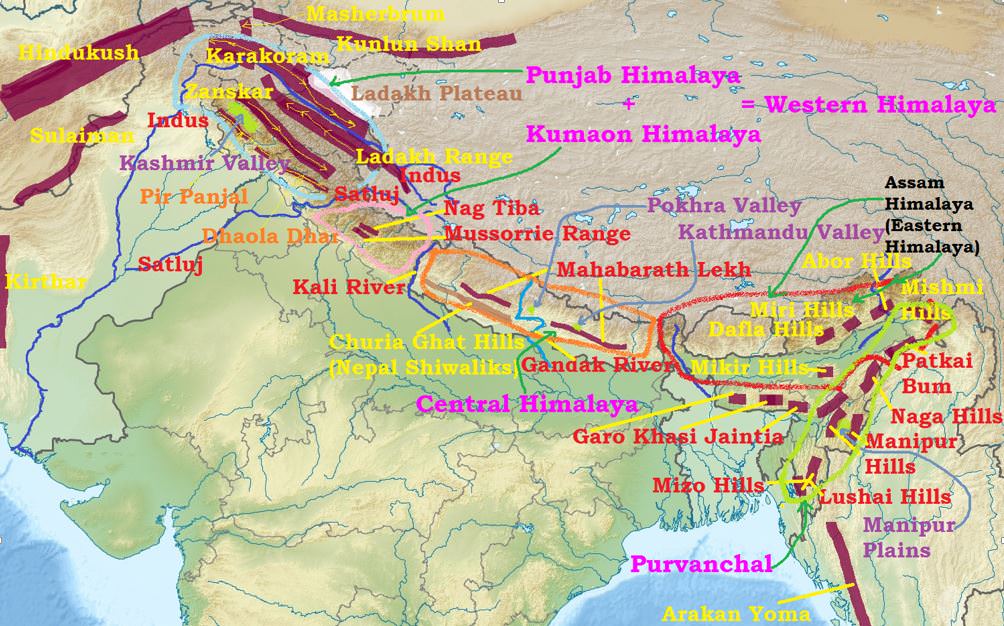
Major Landforms in India NCERT Summarized
The Himalayas are bordered to the northwest by the mountain ranges of the and to the north by the high and vast Plateau of Tibet. The width of the Himalayas from south to north varies between 125 and 250 miles (200 and 400 km). Their total area amounts to about 230,000 square miles (595,000 square km). , Nepal, and Bhutan have over most of the.

INDIAN MIRROR GEOGRAPHY Indian Rivers
The Indus System: The Indus (Sindhu) is one of the most significant drainage systems in the Indian subcontinent and one of the largest in the world. It covers an area of 11,65,000 sq. km, with a length of 2,880 km, out of which 321,289 sq. km and 1,114 km fall within India. Originating from a glacier near Bokar Chu in the Kailash Mountain range.

India River Map Rivers of India Map Map showing all Major Indian Rivers India map, India
The three main Himalayan rivers are the Indus, the Ganga and the Brahmaputra. These rivers are long and are joined by many tributaries. A river along with its tributaries form a river system . Let's study of each river and its tributaries. The Indus Valley System The river Tibet starts in Tibet, near lake Mansarowar.

Uttarakhand’s Furious Himalayan Flood Could Bury India’s Hydropower Program Circle of Blue
India - Himalayas, Subcontinent, Diversity: The Himalayas (from the Sanskrit words hima, "snow," and alaya, "abode"), the loftiest mountain system in the world, form the northern limit of India. That great, geologically young mountain arc is about 1,550 miles (2,500 km) long, stretching from the peak of Nanga Parbat (26,660 feet [8,126 metres]) in the Pakistani-administered portion of.

Pin on education system
The Himalayas are the highest mountain ranges in the world, and they contain the highest peaks in addition to glaciers, gorges, and deep valleys. The Himalayas' mountain range, which spans 2,400 km in total length and varies in width from 400 km in Kashmir to 150 km in Arunachal Pradesh, forms an arc over the Indian subcontinent.